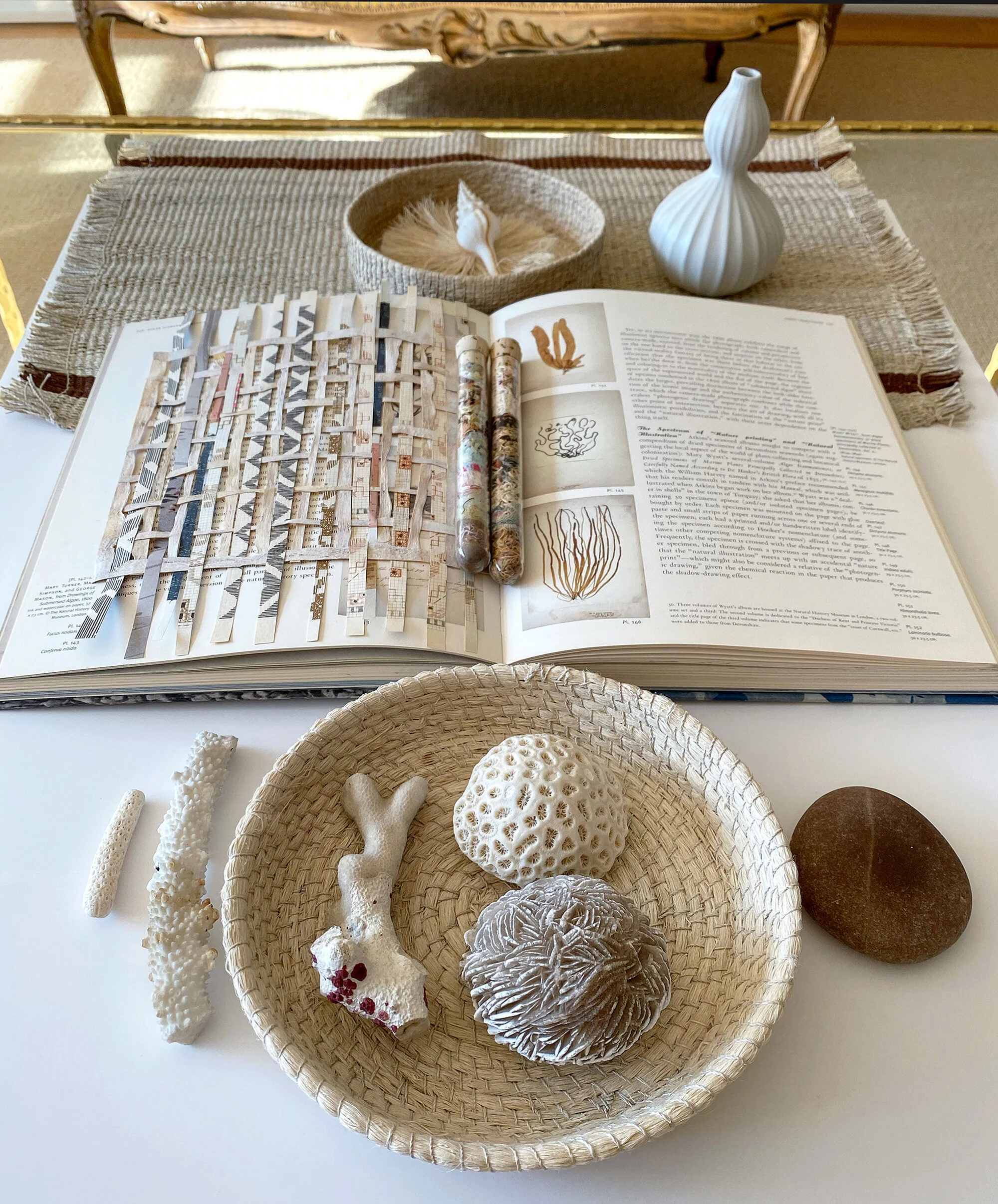The Persistent Truth of Chaguar by Abigail Doan
During this time of unprecedented isolation and interior observation, it has been a true comfort to be surrounded by handcrafted objects of meaning and the ideas they uphold. As an environmental artist and researcher who typically travels overseas several times a year, sitting still does not come easily for me. Nuraxi’s chaguar vessels have served as grounding forms during the past several months, reminders of my lust for adventure but also my commitment to understanding and honoring people and places.
Teresa at Nuraxi has been wonderful in educating me about the special properties of chaguar and the crafting legacy of the indigenous Wichí community in Chaco province, northern Argentina. These rural artisans, women specifically, have responsibly harvested, prepared for hand-spinning, and hand-woven chaguar plant fiber for countless generations. Similar in many ways to yucca fiber, chaguar is typically prepared via a multi-step process that ultimately reveals durable, though finely spun strands commonly dyed with natural pigments from forest plants and tree barks.
I have opted to collect chaguar basket that are naturally white, as I like the way that they serve as simple vessels for organic finds and treasures from my daily walks and material archives. I often weave them into the documentation and presentation of my installation projects and studio narratives as well. Each basket has its own characteristics and is intricately constructed, evidence of true artistry behind the Wichí craft tradition and their respective commitment to environmental balance. My current collection of Nuraxi baskets are also ideal additions to an evolving library I am creating where curated books meet artifacts and discourse unfolds.
I often think about who made the baskets that I live with, the group walks that artisans set off on to procure the fiber, the intergenerational conversations along the way, the challenges faced by women working together to preserve what matters most to their families and communities. I have such respect for these bold individuals and the collective choices they have made to create objects of lasting value. These visions calm me in unexpected ways, reminding me that I, too, am responsible for identifying the soundest solution at every turn. What might not be visible are the buried histories and prejudices that indigenous peoples have endured for centuries. Chaguar, in this context, highlights a persistent truth, and this is what lures me back, time and time again, to examine the possibilities of fiber as a resilient touchstone and trail map for new terrain.
* Images taken by Abigail in her lovely NYC apartment
“I often think about who made the baskets that I live with, the group walks that artisans set off on to procure the fiber, the intergenerational conversations along the way, the challenges faced by women working together to preserve what matters most to their families and communities.”







